Garden Planning - How I Schedule Planting Seeds Every Spring

by
Home for the Harvest | Mary Jane Duford
(IC: blogger)
3 Materials
1 Hour
Easy
When I was new to gardening, I planted everything at the same time. Seems easy right? Wrong. Some crops didn't germinate in the cooler weather while other crops could have been planted weeks earlier. Now I definitely read the instructions on the seed packet! 

Here's how I schedule out planting the garden each year. I do this as the final step of my garden planning process (tip - there's a free printable garden planner at this link). 





STEP 1: PUT YOUR SEEDS IN ORDER
Lay the packets out on a flat surface and put them in order of the date that the seeds are to be first planted. If you don't have seeds yet check out these popular seed companies (and what real gardeners think of them).
Some seeds will be planted indoors (indoor seed starting), while others can be planted directly into your garden soil outside (direct-seeding outdoors). Use the first date that the seeds will be taken out of their packet (either indoors or outdoors) when putting them in order.
STEP 2: WRITE DOWN THE CROPS IN ORDER
Once you have your seeds in order of their first planting date, use the scheduling table in the free garden planner. This table will become your planting calendar.
Write down the crops in order as titles across the top row. Start with the earliest seeds to be planted at the top left-hand side of the first sheet.
STEP 3: RECORD THE PLANTING DATES ON YOUR SCHEDULE
Check with local seed companies, gardening clubs, or online for your local last frost date. Using the timing info on the seed packets (or online) count backwards/forwards to find out when to plant each seed. You can manually calculate the planting date for each seed yourself, or use an online planting date calculator (see link in original post).
Fill out the planting date for each crop. If the seeds for a certain crop need to be started indoors, you’ll have two planting dates (indoors and outdoors). Seeds that will go directly into the garden (called direct-seeding) will only have one date (the outdoor planting date).
MORE TO THINK ABOUT
If you’re growing a lot of crops, you may wish to group some of the dates together so that you’re not having to start new seeds every day of the week. I like to group mine together in frequencies no greater than once per week.
In my area, many gardeners love to plant their whole garden outdoors on the long weekend in May. They will do all of their direct seeding during that weekend and back-calculate all their indoor crops so they’re ready for transplanting outside on May Long Weekend. This works well for people who want to do it all in one go.
Remember that it’s generally better to start seeds slightly later than to start them too early. Most gardeners “rush the season” when creating their planting calendar, after waiting all winter to get gardening again.
Enjoyed the project?
Any price and availability information displayed on [relevant Amazon Site(s), as applicable] at the time of purchase will apply to the purchase of this product.
Hometalk may collect a small share of sales from the links on this page.More info

Want more details about this and other DIY projects? Check out my blog post!
Published March 22nd, 2018 12:19 AM
Comments
Join the conversation
2 comments
-
 Abigail Ellis
on Mar 27, 2018
Abigail Ellis
on Mar 27, 2018
Now all I need is a yard to plant in!
-
-
 Jana The Hip Homestead
on Mar 27, 2018
Jana The Hip Homestead
on Mar 27, 2018
Great info! Thanks for posting Mary Jane.
Jana
-




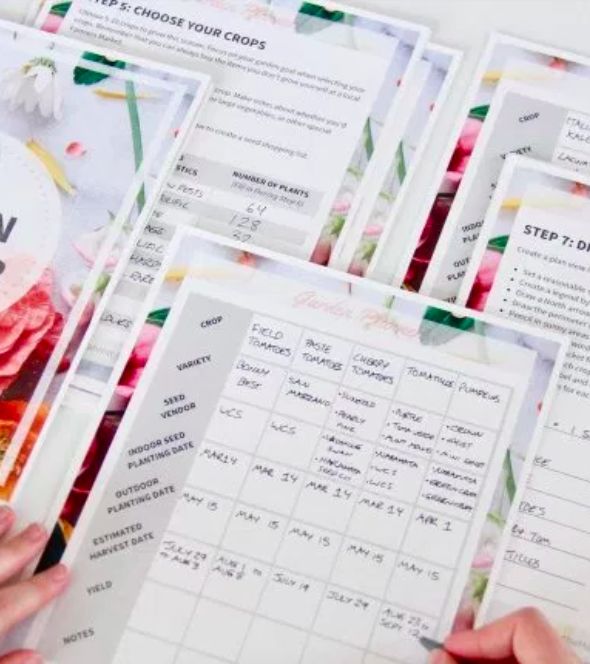





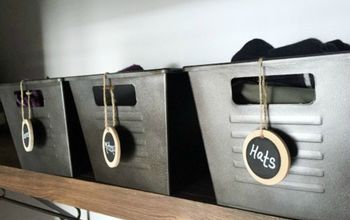





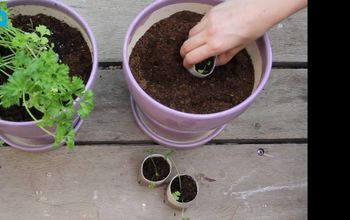
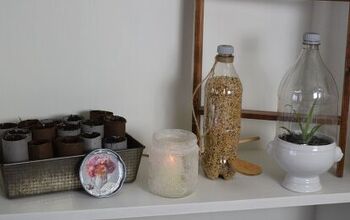

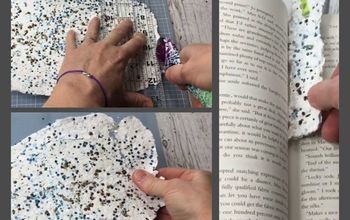











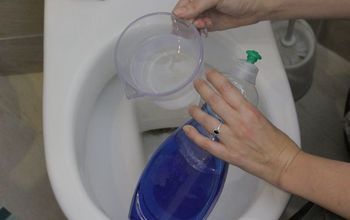

Frequently asked questions
Have a question about this project?